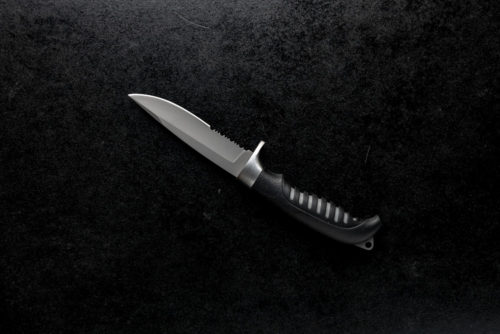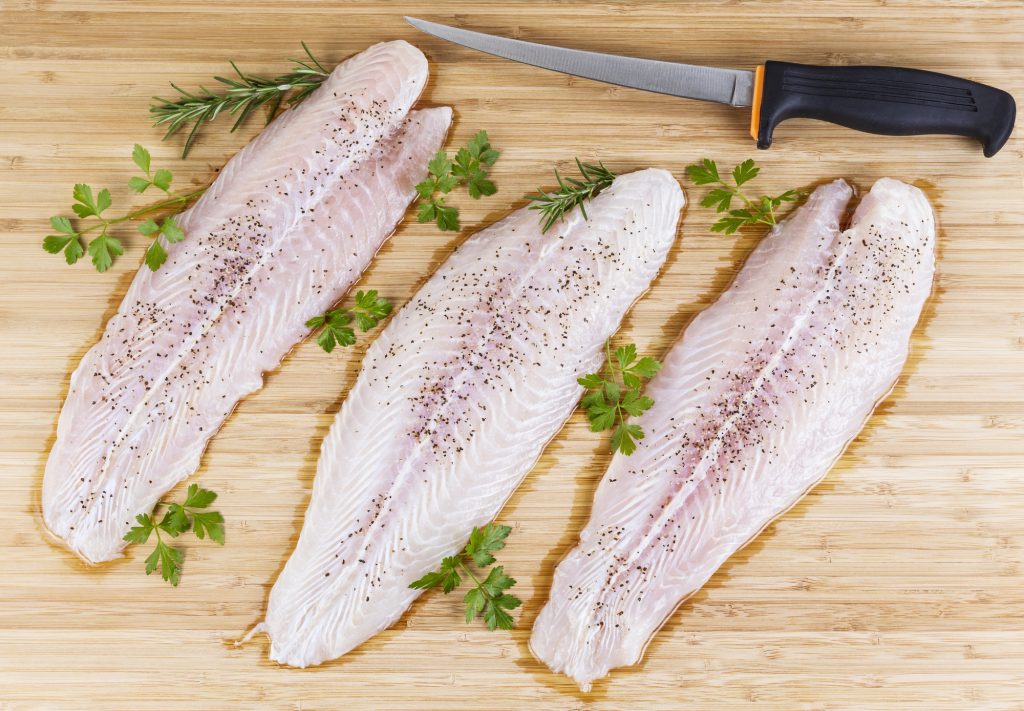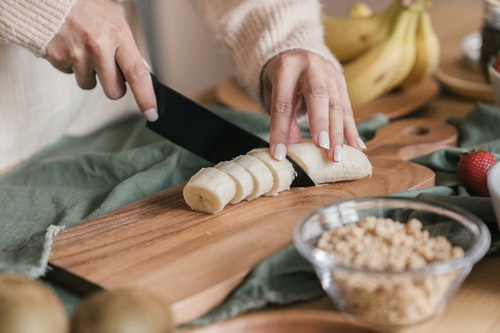The Santoku knife is a versatile and high-performing kitchen tool that has become a staple in many households. Its unique design and functionality make it a favorite among both amateur cooks and professional chefs. One prominent feature that distinguishes some Santoku knives is the Granton blade. This article dives deep into understanding what a Granton blade Santoku knife is used for and why it has garnered tremendous approval and delighted users worldwide.

Origins of the Santoku Knife
The Santoku knife originated in Japan, translating to ‘three virtues’ or ‘three uses.’ It is reputed for its tremendous versatility in tackling various kitchen tasks such as slicing, dicing, and mincing. Its broad blade and sharp edge make it ideal for both meat and vegetable preparation.
What is a Granton Blade?
A Granton blade refers to the dimples or scallops along the sides of the blade. These indentations are designed to create air pockets between the knife and the food, thereby helping the knife to glide smoothly through the slices and preventing food from sticking to the blade. This feature can be especially useful when slicing sticky or soft foods like cheese or cucumbers.
Key Features of a Granton Blade Santoku Knife
- Scalloped Edge: Designed to reduce friction and food adhesion.
- Wide Blade: Suitable for scooping chopped food off the cutting board.
- Ergonomic Handle: Ensures comfort and control during prolonged use.

Specific Uses in the Kitchen
Slicing Meats
One of the primary uses of a Granton blade Santoku knife is for slicing meats. The dimples on the blade reduce friction, making it easier to create smooth, clean cuts without tearing the meat. This is particularly beneficial for meats with a high-fat content or those that are more tender.
Chopping Vegetables
The wide blade of the Santoku knife makes it perfect for chopping vegetables. The Granton blade ensures that even sticky vegetables like potatoes or squash do not cling to the knife, thus increasing efficiency and reducing prep time.
Mincing Herbs
Another terrific use of the Santoku knife is for mincing herbs. The sharp, scalloped edge helps in achieving finely minced herbs without crushing them, thereby retaining their flavor and aroma.
Slicing Cheese
When it comes to slicing cheese, particularly softer varieties like brie or mozzarella, the Granton blade proves invaluable. The air pockets formed by the dimples allow for smooth slices without the cheese sticking to the blade, ensuring a cleaner cut and easier serving.

Why Choose a Granton Blade Santoku Knife?
Enhanced Efficiency
The Granton blade Santoku knife is designed to enhance efficiency in the kitchen. Its various features, such as the scalloped edge and wide blade, mean less effort is required to achieve precise cuts, making your cooking experience more enjoyable.
Versatility
From slicing meats and chopping vegetables to mincing herbs and slicing cheese, the Granton blade Santoku knife can handle it all. This versatility makes it a valuable addition to any kitchen and a terrific investment for both amateur and professional chefs.
Ergonomics
Many Granton blade Santoku knives are built with ergonomic handles that provide a secure and comfortable grip. This ensures that you can use the knife for extended periods without experiencing discomfort or strain.

How to Maintain Your Granton Blade Santoku Knife
Proper Cleaning
Ensure you clean your knife thoroughly after each use. Hand washing with mild detergent and warm water is recommended to maintain its sharpness and longevity.
Sharpening
Regular sharpening is essential to keep the blade in optimal condition. While the Granton edge minimizes friction, its crucial to keep the blade sharp using a professional sharpening stone or an electric sharpener.
Comparing Granton Blade with Other Blades
Straight Edge
Unlike the Granton blade, a straight-edged knife does not have dimples, which means food can stick to it more easily, often requiring more force and effort to slice through items efficiently.
Serrated Edge
Serrated edge knives, usually used for bread, are not as versatile as Granton blade Santoku knives. They may tear through softer produce and meats, whereas the Granton blade ensures smooth and precision cuts.
Buying Guide
What to Look For
When purchasing a Granton blade Santoku knife, look for high-quality stainless steel, a comfortable ergonomic handle, and a balanced weight. Also, read reviews and ratings to gauge user satisfaction.
Top Brands
Some of the top brands that offer exceptional Granton blade Santoku knives include Wusthof, Shun, Global, and Victorinox. These brands are recognized for their quality craftsmanship and long-lasting performance.
Budget Considerations
While there are a variety of options available in different price ranges, investing in a high-quality Granton blade Santoku knife can be beneficial in the long run. It offers durability, efficiency, and versatility that cheaper alternatives may not provide.
Conclusion
The Granton blade Santoku knife is a versatile and efficient kitchen tool suitable for a wide range of culinary tasks. Its unique design, featuring a scalloped edge, reduces friction and food adhesion, thus providing cleaner cuts and more enjoyable cooking experiences. Whether you’re an amateur cook or a professional chef, this knife is a valuable addition to your kitchen arsenal.
Learn more about various kitchen knives here.
FAQ
Can a Granton blade Santoku knife replace my regular chefs knife?
While a Santoku knife is versatile and capable of handling many tasks, it is often used in conjunction with a chef’s knife for a complete range of kitchen tasks. Each has its unique strengths and can complement each other well.
How often should I sharpen my Granton blade Santoku knife?
To maintain its sharpness, it is recommended to sharpen your knife every few months, depending on usage. Regular honing can also help keep the blade in good condition between sharpenings.
Is a Granton blade Santoku knife suitable for cutting through bone?
No, the Granton blade Santoku knife is not designed for cutting through bone. It is best used for slicing, dicing, and mincing softer ingredients. For cutting through bone, a cleaver or boning knife would be more appropriate.
As an Amazon Associate, I earn from qualifying purchases.


